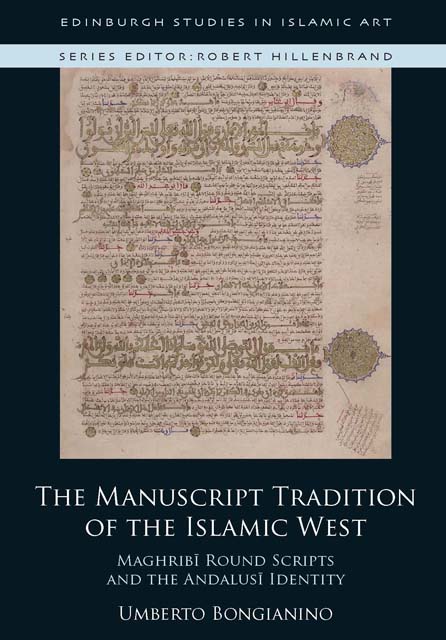The French architect Maurice Mantout (1886–1953), after a decade spent with the conservation of monuments in Morocco, played a leading role in the design and construction of the Great Mosque of Paris, which he completed in 1926. The building complex includes courtyards, a garden, a minaret, a prayer hall, a bathhouse and other annexes. Most of the structures replicate Moroccan precedents in terms of layout, elevation and even decorative details such as capitals, stuccowork, woodwork and zillīj (‘tile mosaic’), thereby creating a pastiche of historic landmarks. Mantout and his colleagues paid meticulous attention also to the epigraphic features of the mosque. For instance, the entrance to its prayer hall leads through a wooden screen surmounted by a square Kufic inscription that reads barakat Muḥammad, or ‘the blessing of Muḥammad’ [Figure 7.1]. This specific phrase and calligraphic form, as the architect presumably recognised, had been part of the repertoire of Moroccan craftsmen for centuries.
Contrary to their absence in scholarship on Islamic art and epigraphy, such barakat Muḥammad squares are rather widespread in Morocco. In the old cities of Fez, Meknes, Marrakesh and elsewhere, observant visitors may spot them on mosques, shrines, city gates, ramparts, palaces and fountains. The variety of media in which they are executed is also remarkable: brickwork inlaid with zillīj, carved or painted stucco and wood, glazed tiles, embroidered textiles, manuscripts and calligraphic panels. The earliest occurrences of the phrase, alongside other pious inscriptions in square Kufic, can be traced back to the Marinid dynasty (668/1269–869/1465). Ruling from their capital, New Fez, the Marinid sultans commissioned several mosques, madrasas, zāwiyas (‘hospices’), funerary complexes and other buildings throughout their realm in present-day Morocco and part of Algeria. Perhaps most renowned are the architectural landmarks established by Abū’l-Ḥasan (r. 731/1331–752/1351), some of which are indeed relevant to the present discussion.
The following chapter will primarily investigate the emergence of barakat Muḥammad squares in the Marinid period, proposing an interpretation for the meaning of this religious formula at the time. One may note that its use was virtually unparalleled in other parts of the Islamic world, which suggests that it was more than just one of many, routinely recited or inscribed, pious phrases. In other words, it is likely to have borne a local significance, one that cannot be generalised for other regions.
